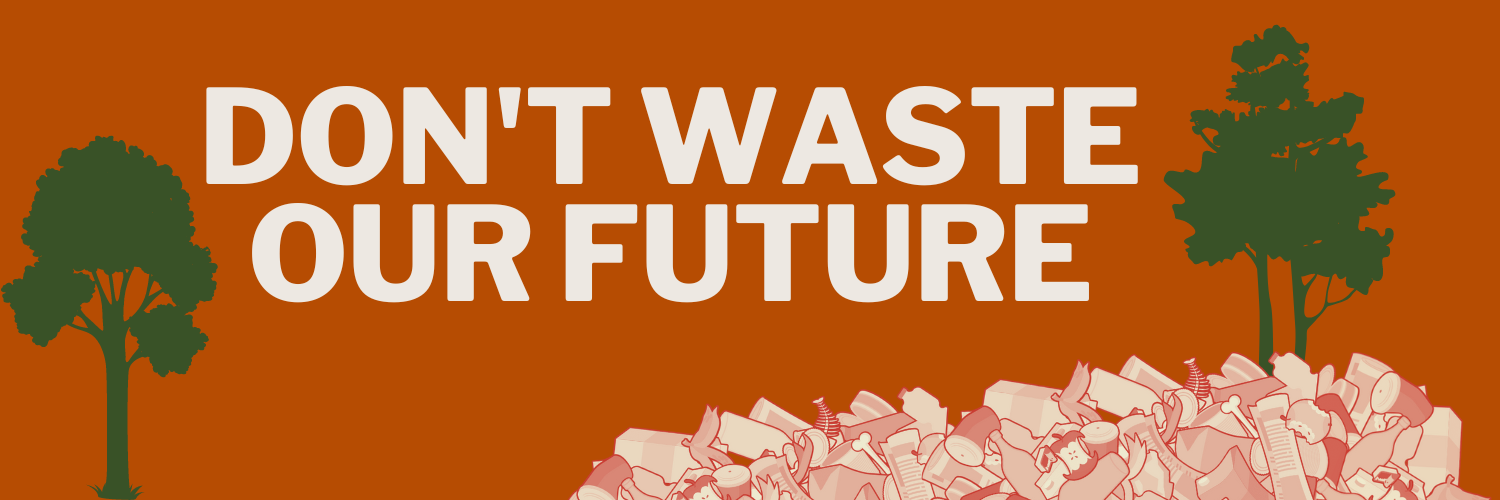Buried consequences: the chiquita canyon story
On the surface, the community of Val Verde, California may seem idyllic, home to picturesque foothills, farmhills, and year-round sunshine. But Val Verde is also home to the notoriously noxious Chiquita Canyon Landfill — and for the 11,000 people who live in its shadow, daily life can be marred by unbearable odors and severe, chronic health harms.
For many of us, trash is literally out of sight and out of mind. However, every banana peel or bread crust that ends up in a landfill generates methane for decades to come. Methane is a climate super-pollutant, warming our planet at unprecedented rates. And it doesn’t travel alone. When methane belches out of the ground and into our atmosphere, it brings along a toxic cocktail of other harmful pollutants like toluene, benzene, VOCs, and hydrogen sulfide, all of which directly harm the health of those living nearby.
Watch Buried Consequences to hear directly from current and former Val Verde residents about their own horrific landfill stories.
The residents of Val Verde have spent years in an uphill battle against the Chiquita Canyon Landfill, Los Angeles County, and the landfill’s owner, Waste Connections. On New Year’s Eve, 2024, they secured a major victory when the site announced it would no longer accept new trash. However, the fight is far from over. Simply closing a landfill doesn’t put an end to unsafe air emissions. Just ask the community members who are still forced to breathe polluted air on a daily basis — air that’s now made even more harmful due to catastrophic wildfires that are exacerbated by climate change.
Los Angeles County and other local officials can take immediate action to advance justice for those who have had their lives turned upside down by Chiquita Canyon Landfill. First, the county Board of Supervisors must immediately declare a state of emergency. Doing so would help facilitate financial and relocation assistance for the hundreds of community members still suffering.
And, while those impacted by Chiquita Canyon need immediate relief, we also need to keep history from repeating itself. Chiquita Canyon is one of 300 municipal solid waste landfills in the state of California, which collectively emit the carbon dioxide equivalent of 5 million gas-powered cars every year. If you zoom out nationally, that number balloons to 2,600. The government officials responsible for limiting air pollution have both the authority and the responsibility to ensure that all communities have access to clean air and water. In California, that’s the California Air Resources Board (CARB).
Unfortunately, the Governor and the state air regulators are not making landfill emissions the top priority it needs to be. CARB has been considering updating its now 15-year-old Landfill Methane Rule, which sets standards for how landfill operators monitor, capture, and control methane. While once the strongest landfill emissions standards in the nation, California’s rules have fallen behind the times, and the changes CARB has said they are considering miss the mark by not upgrading to the best and most current technologies and practices to find and capture methane. Around thirty public interest, environmental justice and environmental organizations recently sent a letter to CARB calling on them to accelerate action and upgrade their rule to be protective and nation-leading.
To adequately protect communities from the devastation faced by Val Verde, an updated CARB rule must:
Raise the bar for landfill operators. Much of our landfill methane crisis is driven by lax landfill management practices that operate on an honor system and set the bar for landfill management much too low. Recent research from Industrious Labs reveals that practical improvements to gas collection and landfill cover practices could slash cumulative methane emissions in half by 2050 — yet despite their huge emissions reduction potential and achievability, these practices are too often optional.
Modernize how landfills find and measure methane. Because methane is invisible, it’s often hiding in plain sight. Huge advancements in methane-monitoring technology mean that it’s now easier than ever to pinpoint and mitigate large landfill emissions. Despite the availability and cost-effectiveness of advanced methane detection tools like drones, satellites, and fixed sensors, landfills across the country rely solely on ineffective, manual monitoring practices that let untold amounts of methane go undetected. CARB should require landfills to move into the 21st century by requiring long-overdue technology updates that make methane emissions visible and actionable. Unfortunately, their current proposal is to continue to rely on manual, human-based monitoring.
Hold landfills accountable to neighboring communities. Nationally, more than 3.2 million people live within one mile of a landfill, disproportionately Black, Indigenous or People of Color, and experience tangible negative health and quality-of-life impacts from the many pollutants that landfills spew alongside methane. Despite being on the frontlines of the problem, communities have little authority over how landfills operate. CARB must create mechanisms for community members to seek accountability from landfills like Chiquita Canyon that don’t play by the rules. Unfortunately, CARB’s current proposal is silent on greater transparency for communities.
Landfill pollution is a far-reaching crisis that has very real and heartbreaking implications for people across California and the country — but there are solutions, and you can be part of making them a reality. Take action now by telling CARB and Governor Newsom that California needs strong, nation-leading regulations put in place as soon as possible to keep our communities safe and healthy.
